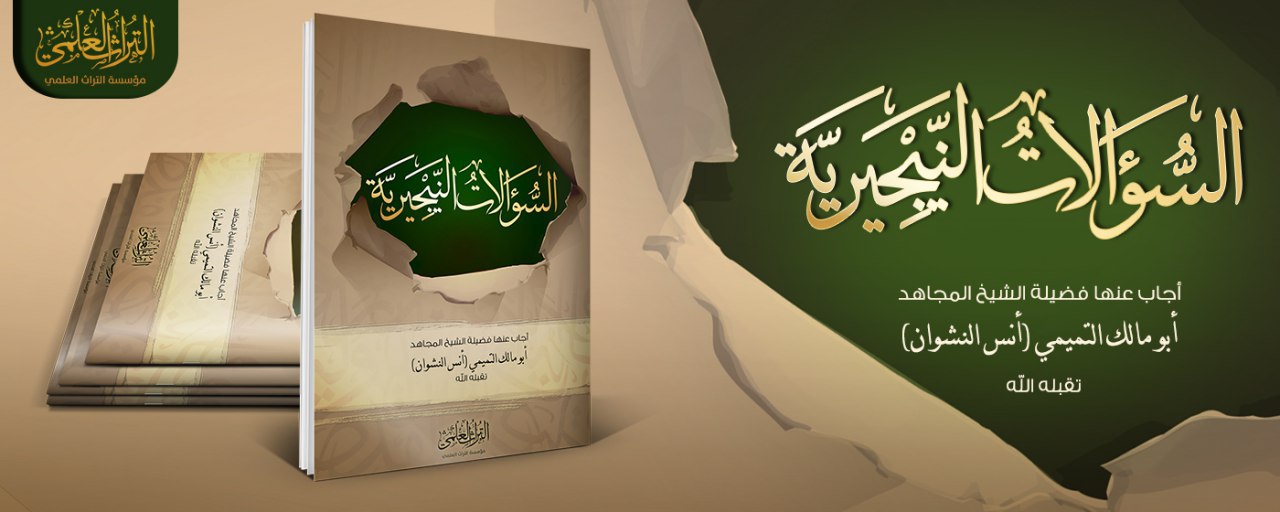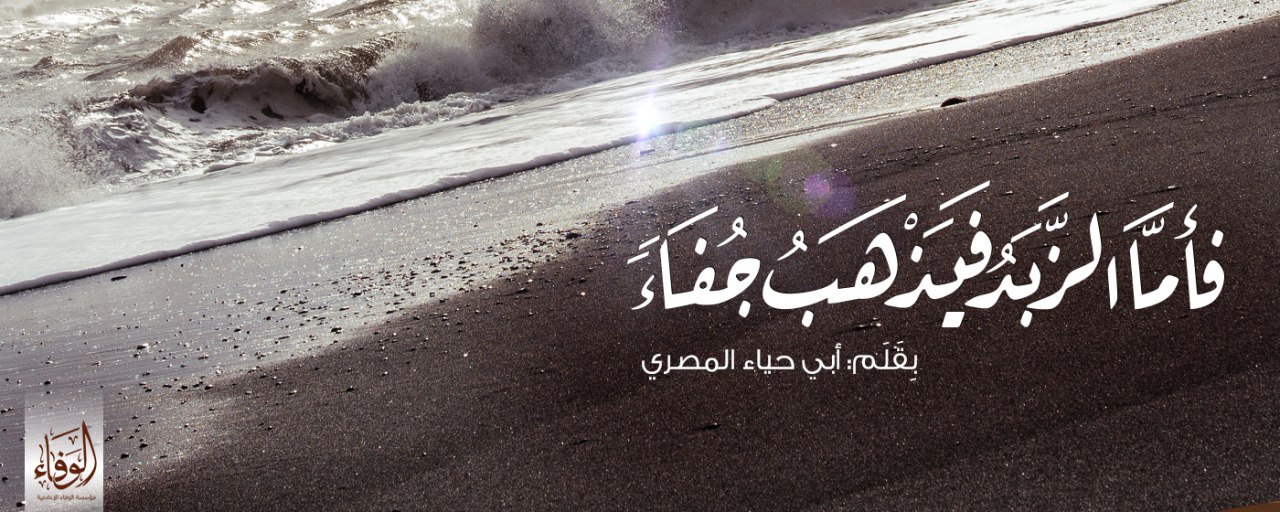
____________
Source: Telegram
To inquire about a translation for this video message for a fee email: [email protected]
Category: The Islamic State
New video message from The Islamic State: “Shadows of the Slaughter #5 – Wilāyat al-Furāt"
For prior parts in this video series see: #4, #3, #2, and #1.
—

___________
To inquire about a translation for this video message for a fee email: [email protected]
New issue of The Islamic State’s newsletter: “al-Nabā’ #121"
For prior parts see: #120, #119, #118, #117, #116, #115, #114, #113, #112, #111, #110, #109, #108, #107, #106, #105, #104, #103, #102, #101, #100, #99, #98, #97, #96, #95, #94, #93, #92, #91, #90, #89, #88, #87, #86, #85, #84, #83, #82, #81, #80, #79, #78, #77, #76, #75, #74, #73, #72, #71, #70, #69, #68, #67, #66, #65, #64, #63, #62, #61, #60, #59, #58, #57, #56, #55, #54, #53, #52, #51, #50, #49, #48, #47, #46, #45, #44, #43, #42, #41, #40, #39, #38, #37, #36, #35, #34, #33, #32, #31, #30, #29, #28, #27, #26, #25, #24, #23, #22, #21, #20, #19, #18, #17, #16, #15, #14, #13, #12, #11, #10, #9, #8, #7, #6, #5, #4, #3, #2, and #1.
—

Click the following link for a safe PDF copy: The Islamic State — al-Nabā’ Newsletter #121
__________
To inquire about a translation for this newsletter issue for a fee email: [email protected]
New release from Shaykh Abū Mālik al-Tamīmī (Anas al-Nashwān): "The Nigerian Questions"

Click the following link for a safe PDF copy: Shaykh Abū Mālik al-Tamīmī (Anas al-Nashwān) — The Nigerian Questions
____________
To inquire about a translation for this release for a fee email: [email protected]
Eye On Jihadis in Libya Weekly Update: February 27

New video message from The Islamic State: “Shadows of the Slaughter #4 – Wilāyat al-Furāt”
For prior parts in this video series see: #3, #2, and #1.
—

____________
To inquire about a translation for this video message for a fee email: [email protected]
New video message from Jaysh Khālid Bin al-Walīd: "The Bitter Harvest"

____________
To inquire about a translation for this video message for a fee email: [email protected]
New release from Abū Ḥīyā' al-Maṣrī: “A Second Gift to the Extremists: As For the Foam, It Vanishes, [Being] Cast Off"
Click here for the first part in this article series. The second half of this title is in reference to Qur’anic verse 13:17. Here it is in full: “He sends down from the sky, rain, and valleys flow according to their capacity, and the torrent carries a rising foam. And from that [ore] which they heat in the fire, desiring adornments and utensils, is a foam like it. Thus God presents [the example of] truth and falsehood. As for the foam, it vanishes, [being] cast off; but as for that which benefits the people, it remains on the earth. Thus does God present examples.”
—

Click the following link for a safe PDF copy: Abū Ḥīyā’ al-Maṣrī — “A Second Gift to the Extremists- As For the Foam, It Vanishes, [Being] Cast Off
____________
Source: Telegram
New issue of The Islamic State’s newsletter: “al-Nabā’ #120"
For prior parts see: #119, #118, #117, #116, #115, #114, #113, #112, #111, #110, #109, #108, #107, #106, #105, #104, #103, #102, #101, #100, #99, #98, #97, #96, #95, #94, #93, #92, #91, #90, #89, #88, #87, #86, #85, #84, #83, #82, #81, #80, #79, #78, #77, #76, #75, #74, #73, #72, #71, #70, #69, #68, #67, #66, #65, #64, #63, #62, #61, #60, #59, #58, #57, #56, #55, #54, #53, #52, #51, #50, #49, #48, #47, #46, #45, #44, #43, #42, #41, #40, #39, #38, #37, #36, #35, #34, #33, #32, #31, #30, #29, #28, #27, #26, #25, #24, #23, #22, #21, #20, #19, #18, #17, #16, #15, #14, #13, #12, #11, #10, #9, #8, #7, #6, #5, #4, #3, #2, and #1.
—

Click the following link for a safe PDF copy: The Islamic State — al-Nabā’ Newsletter #120
____________
To inquire about a translation for this newsletter issue for a fee email: [email protected]
New video message from The Islamic State: “The Glory of Jihād #2 – Wilāyat al-Barakah”
Click here for the first part in this video series.
—

___________
To inquire about a translation for this video message for a fee email: [email protected]
